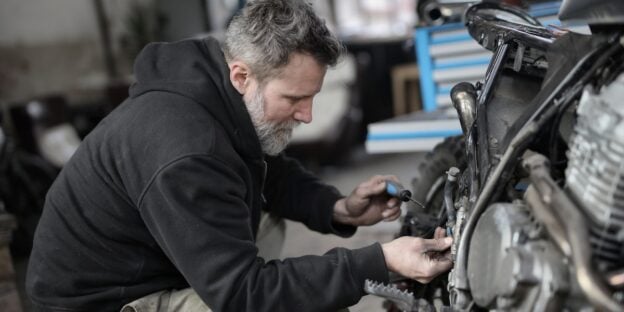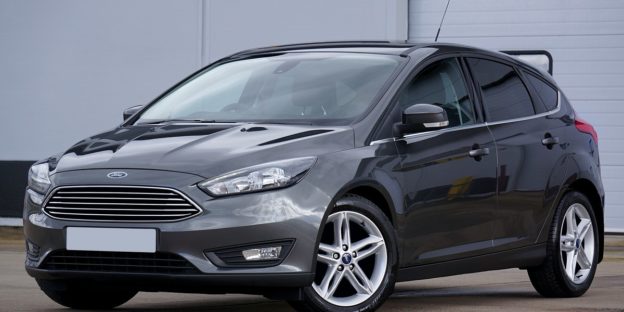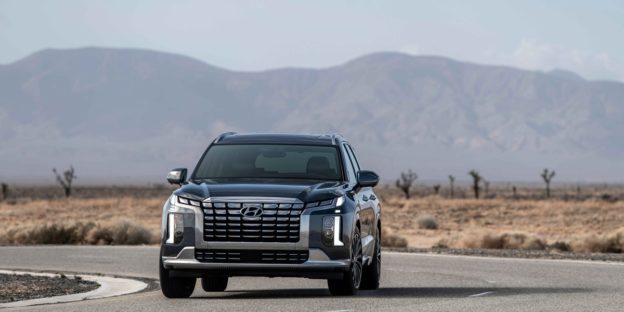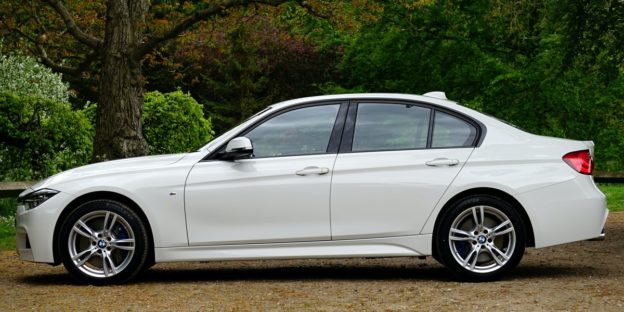Unless you plan to pay for a new or used vehicle with cash, you’ll need to obtain financing. You have two main options when acquiring financing: a bank or a dealership. There are pros and cons to both, and no option is necessarily better than the other.
That being said, we typically give the edge to obtaining financing through a bank. You can usually get the best rates and terms this way, though it’s not as convenient as getting financing at a dealership. Let’s learn more about the two options!
Financing Through a Bank
Bank financing involves going directly to a bank or credit union to get an auto loan. You’ll be pre-approved before you go to the dealership, so you’ll know how much you can spend. You’ll also have some negotiating power, as the dealer will know that you’ve been approved with favorable terms and rates. If they want to offer you something, it will have to be competitive.
The benefit in getting financing from a bank is that you’re getting the true interest rate. There is no markup like you may get from a dealership. You also have the option to shop around so you know that you’re getting the best rate. We do recommend starting this process early, as it can take time to process your application.
Financing Through a Dealer
Dealer-arranged financing works in the same way as bank financing. The difference is that the dealer is doing the work for you. And, you can get this financing on the spot. It doesn’t take as long to process, so you can car shop and walk out with something on the same day, providing that you have a good credit score.
While dealer financing is convenient, it has the drawback of being more expensive. Dealers often negotiate higher interest rates than what lenders offer, as this boosts their bottom line. For instance, if you qualify for a 5 percent interest rate, the dealer may come back with a 7 percent interest rate, keeping the 2 percent difference.
In general, you can get the lowest financing when buying a new car. Many dealers offer promotional financing on brand new models, including rates as low as 0 percent. However, you’ll need to qualify for this, so expect to have a good credit score.
Is There a Better Option for Auto Financing?
Now that you know the pros and cons of bank vs dealer-arranged financing, you can make an informed decision. If you have the time, we recommend getting pre-approved on your own.
Even if you decide to go with dealer financing, you’ll at least know that you’re getting a fair deal. You’ll have some negotiating power, helping you keep your interest rates down. And if you decide to acquire your own financing, you can shop around and get the best terms. You are the one in control.
Shop with RepoFinder – and Acquire Financing All at Once!
RepoFinder has a huge database lenders and credit unions that are selling repossessed cars. You can obtain financing beforehand, or you can work with the banks directly. Not only will you get the best rates, but also you’ll save money on the vehicle itself. Repossessions can be as much as 30 to 40 percent cheaper than new cars. Shop today and see what you can find at a great price!











